
 rMIX: Supply of UV Stabilizers for Plastic Materials - 10244
rMIX: Supply of UV Stabilizers for Plastic Materials - 10244Code: 10244. We supply a line of additives for plastics called UV stabilizers based on benzophenone and benzotriazole. Benzophenone- and benzotriazole-based UV stabilizers are additives commonly used in the plastics industry, in both virgin and recycled polymers , to protect polymers from degradation caused by exposure to ultraviolet (UV) light. Characteristics of both classes of UV stabilizers for plastics: UV stabilizers based on benzophenone Function: These stabilizers act as UV radiation absorbers, absorbing UV energy and thus preventing degradation of the polymer chains. Mechanism of action: They absorb UV light and convert this energy into heat, thus reducing the harmful effects of ultraviolet light on the polymer. Applications: They are used in various sectors, such as packaging, fabrics, and plastic products exposed to the external environment. Benzotriazole-based UV stabilizers Function: These stabilizers are also UV absorbing agents, but work slightly differently than benzophenones. They protect the polymer by preventing the formation of free radicals. Mechanism of action: They absorb UV light, and their presence can prevent the breakdown of polymer chains caused by free radicals generated by exposure to ultraviolet light. Applications: They are used in particular to improve the UV stability of polymers used outdoors, such as in car components, toys, and other objects exposed to sunlight. Both of these types of UV stabilizers are important for extending the life and resistance of polymeric materials exposed to outdoor conditions. Use of UV stabilizers for plastic materials: Benzophenone and benzotriazole UV stabilizers are widely used in various sectors of the plastics industry to protect polymers from degradation caused by ultraviolet (UV) light. Packaging Industry UV stabilizers are used in plastic materials used for packaging such as bottles, containers and protective films. This helps preserve the integrity of the material and maintain the quality of the packaged product during exposure to sunlight. Automotive In plastic components used in the automotive industry, such as interior panels, bumpers and other exterior trim, UV stabilizers help prevent degradation caused by sunlight, improving the durability and aesthetics of the plastic elements. Building UV stabilizers are used in plastic materials used in construction, such as in the coating of windows, pipes, seals and building materials. This helps maintain the stability and resistance of materials exposed to atmospheric agents. Outdoor Toys and Objects In toys and outdoor items, such as chairs, tables and garden equipment, UV stabilizers are used to protect plastic materials from degradation caused by sunlight. Technical Textiles In technical fabrics, such as those used in roofing, tents and outdoor materials, UV stabilizers are used to increase the resistance and durability of the material exposed to the external environment. If you wish to receive further information on UV Stabilizers for Plastics, contact our sales office. Origin: Italy Category: Recycled polymers - UV stabilizing additives If you are subscribed to rMIX contact the company, if you are not, subscribe by choosing the contract you prefer .
SEE MORE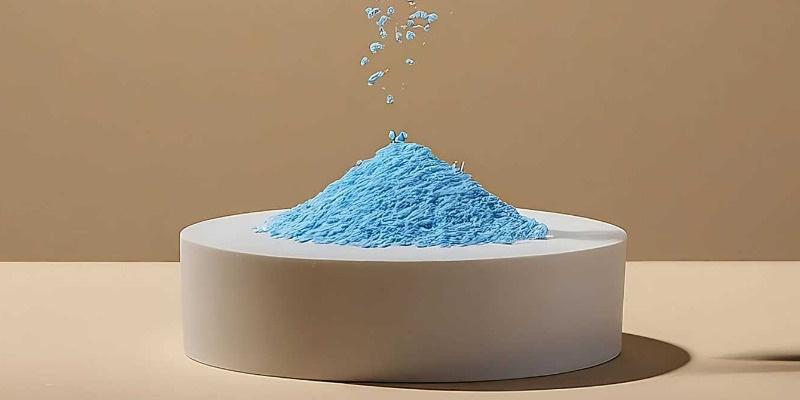
 rMIX: Supply of Optical Brighteners for Plastic Polymers
rMIX: Supply of Optical Brighteners for Plastic PolymersCode: 10243. We provide our customers with a line of additives for plastic polymers belonging to the family of optical brighteners. Optical brighteners for plastics are chemicals added during the manufacturing process of plastics to improve their visual appearance. These substances have the ability to absorb ultraviolet light and reflect blue light, making plastics brighter and whiter to human eyes. The main optical brighteners used are fluorophores , organic chemicals that absorb ultraviolet and release visible light, especially blue light. The resulting optical effect is to mask the tendency of plastic materials to yellow over time due to exposure to light and atmospheric agents. The optical plastic brighteners we offer are based on bis-benzoxazole, coumarin and stilbene, three classes of fluorophores commonly used to improve the visual appearance of plastics. Let's look at each of them briefly: Bis-benzoxazole (BBOT) This compound is often used as an optical brightener in plastics. It is effective in absorbing ultraviolet light and releasing blue light, thus helping to make the plastic brighter and whiter. Coumarin Coumarins are another class of compounds used as optical brightening agents. They absorb ultraviolet light and subsequently emit visible light, particularly blue light, thus improving the shine and brightness of plastics. Stilbene Stilbene-based optical brighteners are also known for their ability to absorb ultraviolet and convert it into visible light, helping to mask the tendency of plastics to yellow over time. If you would like more information on optical brighteners for plastic materials, contact our sales office. Origin: Italy Category: Recycled polymers - additives - optical brighteners - additives for plastic materials If you are subscribed to rMIX contact the company, if you are not, subscribe by choosing the contract you prefer
SEE MORE
 rMIX: We provide Light Stabilizers as Additives for Plastic Materials
rMIX: We provide Light Stabilizers as Additives for Plastic MaterialsCode: 10242. We distribute a line of light stabilizers, called HALS, as additives, with modified amines, for plastic materials, both virgin and recycled. HALS (Hindered Amine Light Stabilizers) additives are used in plastics as stabilizers against damage caused by ultraviolet light and oxidation. These additives work mainly by protecting the polymers from the harmful action of UV rays and other environmental factors. Inhibited amines, an integral part of HALS, act as free radical scavengers, preventing the formation of functional groups that could compromise the structure of the polymer due to the action of light or oxygen. In practice, HALS additives extend the life and stability of plastics exposed to adverse environmental conditions, such as prolonged exposure to sunlight. HALS (Hindered Amine Light Stabilizers) additives are widely used in plastics exposed to the external environment, particularly in outdoor products such as garden furniture, pipes, coatings and automotive components. They are particularly useful for preventing degradation caused by UV rays and atmospheric oxidation. HALS (light stabilizers for plastic materials) also find application in materials such as thin films, packaging and products that can be exposed to direct sunlight and other atmospheric agents, thus ensuring greater durability and stability over time. If you would like more technical or commercial information on HALS (light stabilizers for plastic materials), contact our sales office. Origin: Italy Category: Recycled polymers - HALS - additives - plastic materials - light stabilizers If you are subscribed to rMIX contact the company, if you are not, subscribe by choosing the contract you prefer .
SEE MORE
 rMIX: Melamine-based flame retardants for plastic materials
rMIX: Melamine-based flame retardants for plastic materialsCode: 10241. Supply of melamine-based flame retardants as additives in both virgin and recycled plastic materials. In flame retardant additives for plastics, melamine acts as a flame retardant in plastics mainly by forming a barrier of unburned gases during the combustion process. When melamine decomposes at high temperatures , it releases inert gases, such as nitrogen and water, which dilute the surrounding atmosphere and interfere with the chemical reaction of combustion. This flame retardant reduces the speed of flame spread and helps limit the flammability of the plastic material, making it more resistant to fire. Melamine-based flame retardants are used in a wide range of applications, including plastics used in electronic products, furniture, fabrics and coatings. They are often preferred in industries where it is essential to reduce the risk of fire and improve safety, such as electronic products, for example, they can incorporate melamine-based flame retardants to protect plastic components from possible fire or overheating. Melamine is known for its effectiveness in providing fire resistance without significantly compromising the mechanical properties of materials. If you would like further technical or commercial information on melamine-based flame retardant additives, contact our sales office. Origin: Italy Category: Recycled polymers - additives - flame retardants - melamine If you are subscribed to rMIX contact the company, if you are not, subscribe by choosing the contract you prefer .
SEE MORE
 rMIX: Supply of Antioxidants for Plastic Materials - 10240
rMIX: Supply of Antioxidants for Plastic Materials - 10240Code: 10240. Antioxidants for plastic materials are protective additives for both products made with virgin and recycled polymers. Antioxidants in plastics work by inhibiting the oxidation process. This chemical principle involves the ability of antioxidants to capture and neutralize free radicals, which are highly reactive molecules responsible for the oxidation of plastic materials. The presence of antioxidants helps prevent the breakage of polymer chains and the loss of material properties, thus helping to maintain the integrity of plastics over time. Our antioxidants for plastic materials can be of two types: - Phenolic antioxidants - Phossite antioxidants Phenolic antioxidants interfere with chain propagation by disrupting the free radical. Phenolic antioxidants act as H donors, offering the peroxy radical an easily extractable hydrogen, avoiding the extraction of hydrogen from the polymer structure. Phosite antioxidants transform hydroperoxides into non-radical, non-reactive and thermally stable products. Secondary antioxidants protect primary antioxidants during processing. If you would like more technical information on antioxidants for plastics, contact our sales office. Origin: Italy Category: Additives - antioxidant recycled polymers If you are subscribed to rMIX contact the company, if you are not, subscribe by choosing the contract you prefer .
SEE MORE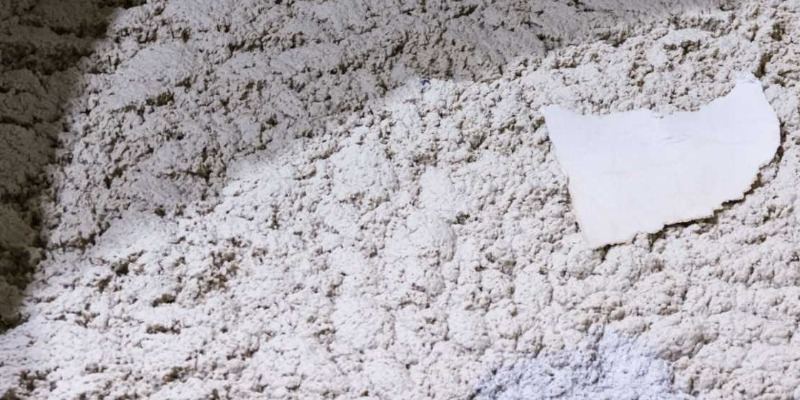
 rMIX: Production of Hexasulphonate-based Optical Brighteners for the Paper Industry
rMIX: Production of Hexasulphonate-based Optical Brighteners for the Paper IndustryCode: 10165. We are a chemical company that produces optical brighteners for the paper industry in Italy. We make a specially designed high gloss hexasulfonate based paper whitening chemical that can be added in the press or on the coating. In fact, the whitener has a low affinity for the fibers, so it must only be added to the surface. Hexasulphonate optical brightener is suitable for improving the shine and brilliance of all types of paper. Hexasulfonate optical brightener has a blue-purple hue and is very effective in grades containing CaCl2 that require ColorLok certification If you wish to receive further information on the production of disulfonate-based whiteners for paper production, contact our sales office. Origin: Italy Category: Recycled paper - whiteners - hexasulphonate additive - recycling - optical brightener If you are subscribed to rMIX contact the company, if you are not, subscribe by choosing the contract you prefer .
SEE MORE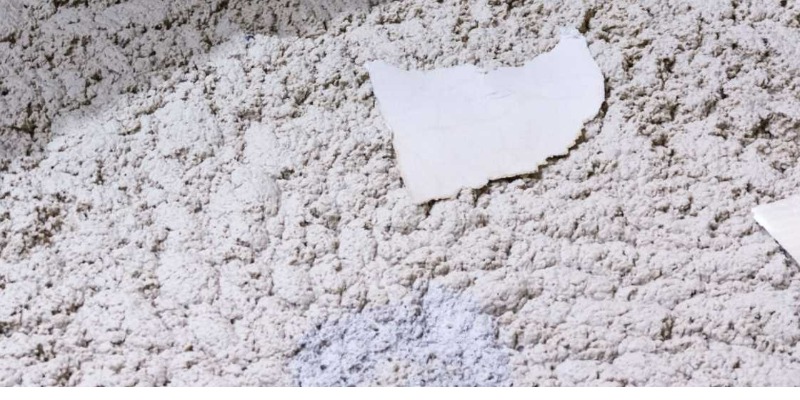
 rMIX: Tetrasulphonate-based optical brightener for the paper industry
rMIX: Tetrasulphonate-based optical brightener for the paper industryCode: 10164. We are a chemical company that produces optical brighteners for the paper industry in Italy. We create a tetrasulfonate-based chemical whitening compound for paper specially designed for maximum gloss yield on uncoated and coated paper. High activity tetrasulfonate optical brightener can be added to the wet end, glue press and coating. Tetrasulfonate optical brightener can be added over a wide pH range (4.5). If you wish to receive further information on the production of disulfonate-based whiteners for paper production, contact our sales office. Origin: Italy Category: Recycled paper - whiteners - tetrasulphonate additive - recycling - optical brightener If you are subscribed to rMIX contact the company, if you are not, subscribe by choosing the contract you prefer .
SEE MORE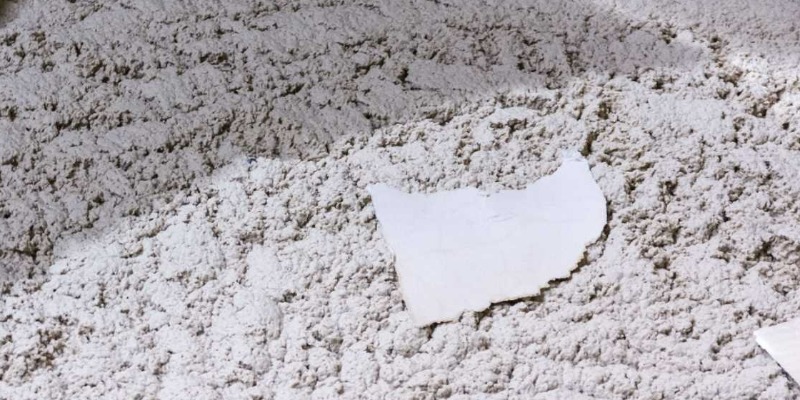
 rMIX: Production of disulphonate-based bleaches for the paper industry
rMIX: Production of disulphonate-based bleaches for the paper industryCode: 10163. We are a chemical company that produces chemical whiteners for the paper industry in Italy. We create a disulphonate-based paper whitening chemical compound specially designed for maximum gloss yield on uncoated and coated paper. If you wish to receive further information on the production of disulfonate-based whiteners for paper production, contact our sales office. Origin: Italy Category: Recycled paper - whiteners - disulphonate additives - recycling If you are subscribed to rMIX contact the company, if you are not, subscribe by choosing the contract you prefer .
SEE MORE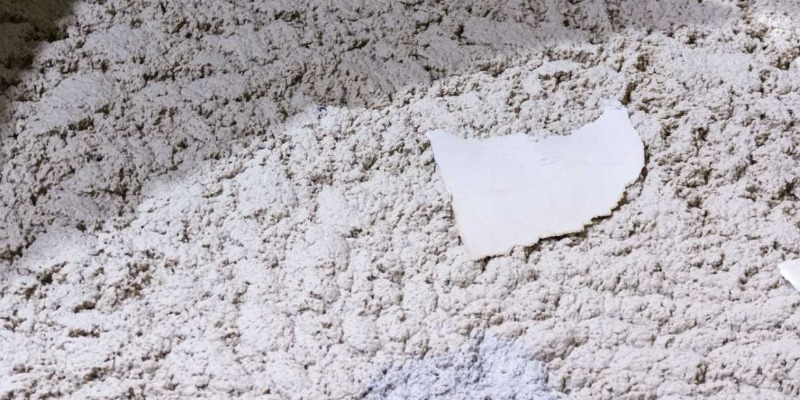
 rMIX: Production of Stilbenic-based whitening additives for paper
rMIX: Production of Stilbenic-based whitening additives for paperCode: 10162. We are a chemical company that produces semi-finished chemical products in Italy for the cosmetics, plastic and paper industries. We create a line of stilbene-based paper whiteners specifically designed for each stage of the production process. If you wish to receive further information on the production of stilbene-based whiteners for paper production, contact our sales office. Origin: ItalyCategory: Recycled paper - whiteners - stilbenic additives - recycling If you are subscribed to r MIX contact the company, if you are not, subscribe by choosing the contract you prefer .
SEE MORE